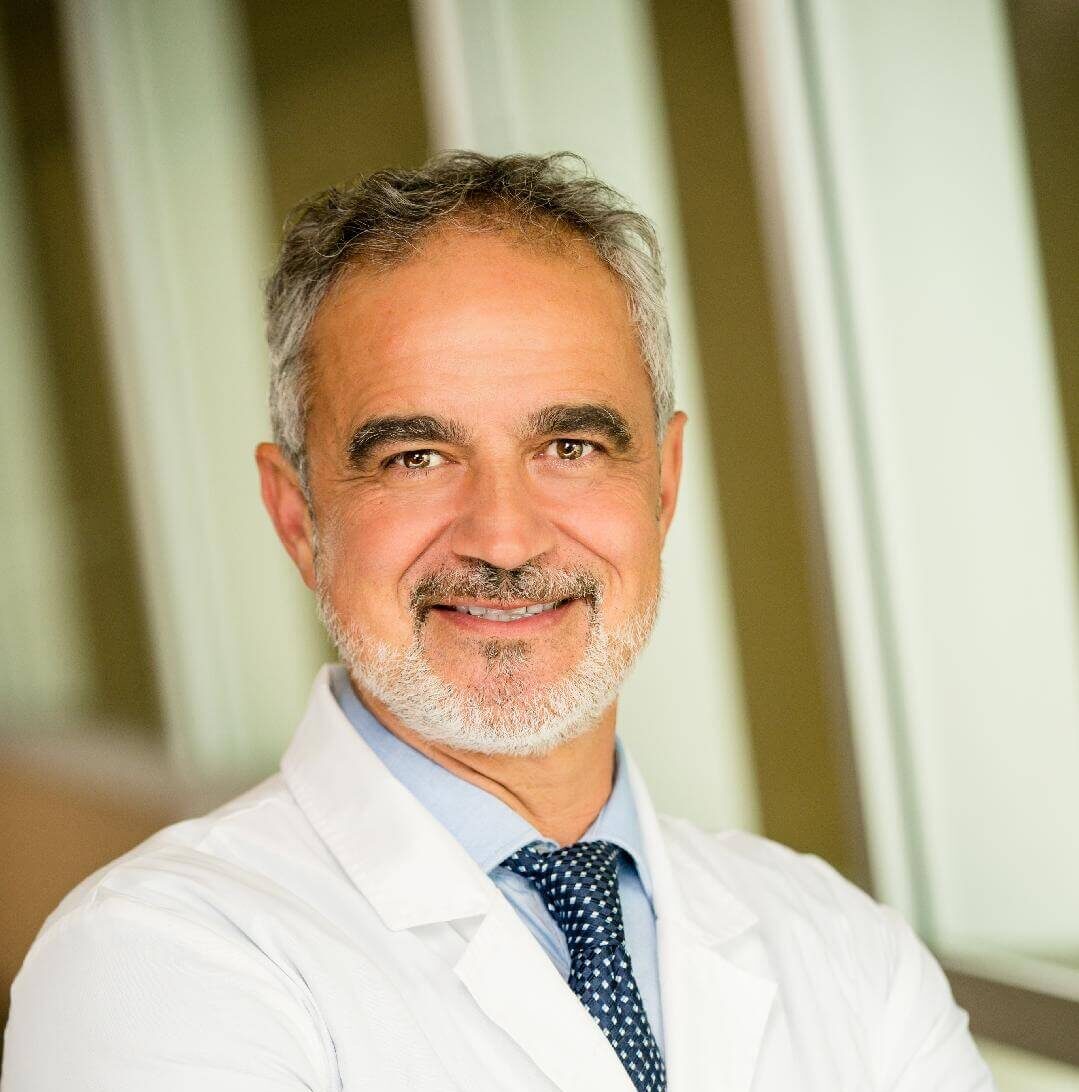When discussing heart health, heart attacks and cardiac arrest are two terms that are often mistaken for one another. While both are serious medical emergencies, they are not the same condition. Understanding the difference between heart attack and cardiac arrest can help in recognizing symptoms, seeking prompt medical care, and even saving lives.
What is a Heart Attack?
A heart attack, or myocardial infarction, happens when an artery becomes blocked, reducing blood flow to the heart muscle. This blockage is often caused by a blood clot or the buildup of plaque in the coronary arteries, which supply the heart with oxygen-rich blood. Without prompt treatment, parts of the heart muscle may become damaged or die.
Symptoms of a Heart Attack
The warning signs of a heart attack can vary, but common symptoms include:
- Chest pain or discomfort, often described as pressure or squeezing
- Shortness of breath
- Chest pain spreading to the arms, back, neck, jaw, or stomach
- Mild symptoms such as nausea, dizziness, or cold sweats
- Even no symptoms in some cases, especially among diabetics and older adults
A heart attack occurs gradually, allowing time for intervention if the warning signs are recognized early. Seeking emergency medical attention can restore blood flow and prevent further damage.
What is Cardiac Arrest?
Unlike a heart attack, cardiac arrest is an electrical malfunction that causes the heart to stop beating suddenly. This results in a failure to pump blood to the brain and other vital organs. Without immediate intervention, sudden cardiac death can occur within minutes.
Causes of Cardiac Arrest
Cardiac arrest can be triggered by various factors, including:
- Abnormal heart rhythms (arrhythmias)
- Severe coronary artery disease
- High blood pressure
- Extreme electrolyte imbalances
- Drug overdose or trauma
- Congenital heart defects
Recognizing Sudden Cardiac Arrest
Unlike a heart attack, sudden cardiac arrest occurs without warning. Signs include:
- Sudden loss of consciousness
- No pulse or breathing
- Collapse without prior chest pain or discomfort
If someone experiences sudden cardiac arrest, it is crucial to begin CPR immediately and call the local emergency number. Using an automated external defibrillator (AED) can help restore the heart’s rhythm until emergency medical personnel arrive.
Key Differences Between a Heart Attack and Cardiac Arrest
| Feature | Heart Attack | Cardiac Arrest |
| Cause | Blocked artery reducing blood flow to the heart | Electrical problem disrupting the heart’s rhythm |
| Onset | Gradual with warning signs | Sudden with no prior symptoms |
| Symptoms | Chest pain, shortness of breath, nausea | Lose consciousness, no pulse or breathing |
| Treatment | Medications, angioplasty, lifestyle changes | CPR, AED, emergency medical intervention |
| Outcome | Can lead to heart failure if treated quickly | Fatal if not treated immediately |
How to Respond to a Heart Attack vs. Cardiac Arrest
If someone is experiencing a heart attack:
- Call 911 or the local emergency number.
- Have the person sit down and remain calm.
- Offer aspirin to help thin the blood (if not allergic).
- Stay with the person until medical help arrives.
If someone is in cardiac arrest:
- Check for responsiveness and breathing.
- Call for emergency medical assistance immediately.
- Begin CPR with chest compressions.
- Use an automated external defibrillator (AED) if available.
- Continue CPR until emergency responders take over.
- If available, a second person should assist in chest compressions to maintain blood flow to the brain and other organs.
Preventing Heart Attacks and Cardiac Arrest
Maintaining a healthy lifestyle can reduce the risk of both heart attack and cardiac arrest. Key preventative measures include:
- Managing cholesterol levels and blood pressure
- Controlling risk factors such as diabetes and smoking
- Regular exercise and a heart-healthy diet
- Knowing family history and taking proactive steps
- Avoiding excessive alcohol consumption and illicit drug use
- Regular medical checkups to monitor heart health
- Learning hands-only CPR to assist others in case of an emergency
The Role of Immediate Medical Attention
Both heart attack and cardiac arrest require immediate medical intervention. Visiting the emergency room at the first sign of a heart attack can help begin treatment quickly and prevent complications like heart failure. Similarly, acting fast during a cardiac arrest with chest compressions and AED use can mean the difference between life and death.
Conclusion
Although heart attack and cardiac arrest are often used interchangeably, they are separate conditions with different causes and treatments. A heart attack results from a blocked artery restricting blood flow, whereas cardiac arrest is an electrical issue that causes the heart to stop beating. Recognizing the warning signs, knowing how to begin CPR, and using an AED can save lives in these serious medical emergencies. Raising awareness and taking proactive steps can ensure the best possible outcomes for those at risk of heart-related conditions.

